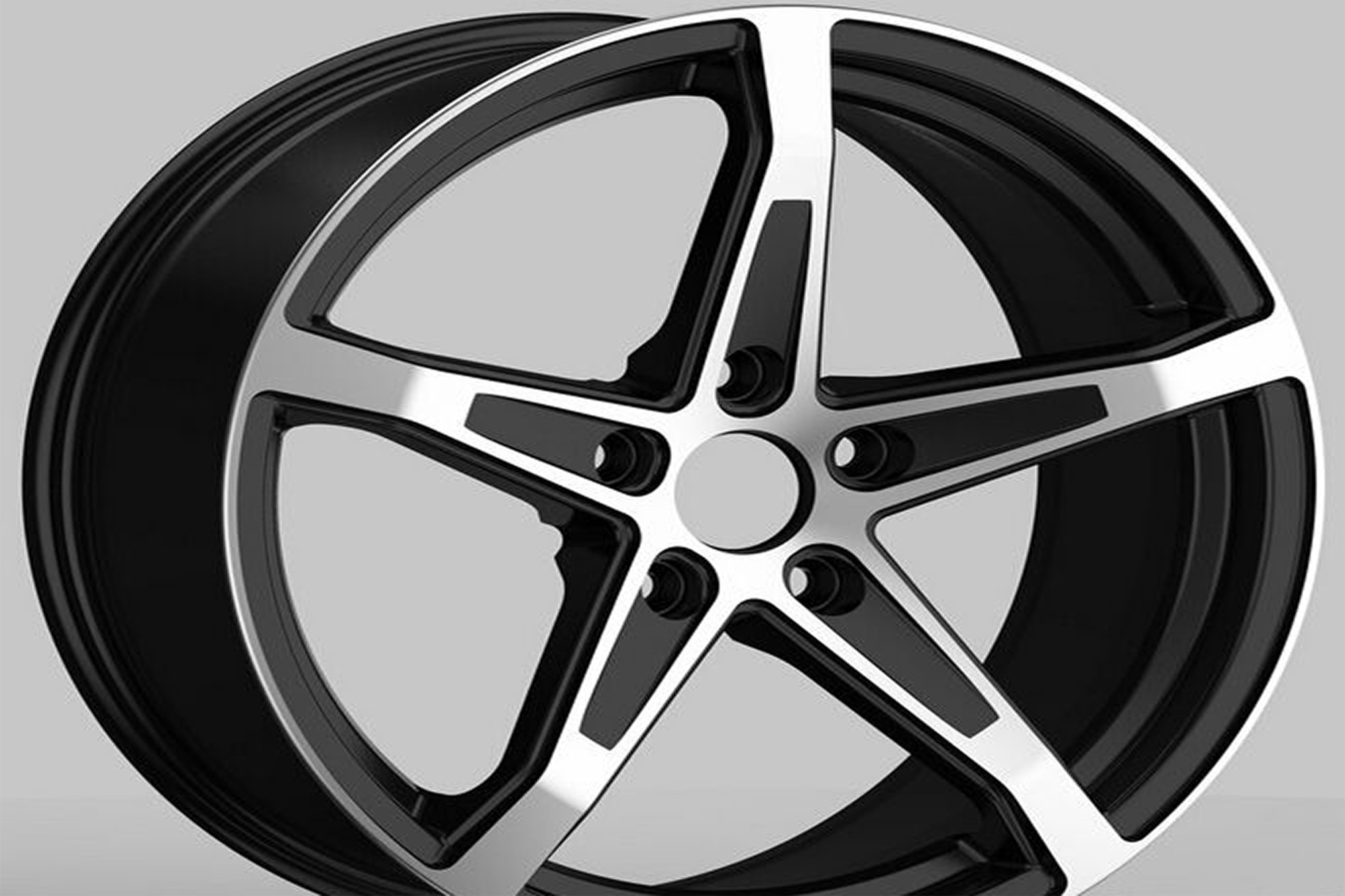e Emulsion Polymerization of Acrylic Resins: Process Optimization and Particle Size Control
What is Emulsion Polymerisation?

Emulsion polymerization is a method for producing materials known ascold cure acrylic resin. In this process, small units, or monomers, mix with water. Surfactants and emulsifiers distribute the monomers in the water, forming minuscule droplets. These droplets then link up to make larger particles, which are the acrylic resins. This process is widely usedm because it produces strong stiff and uniform particles.
Why is Process Optimization So Critical?
It’s about making the process which for consumers isn’t always clear that it has happened better. This is very significant in the preparation of heat cure acrylic resin. By changing things like the quantity of monomer, temperature, pH and length of time the reaction occurs, manufacturers can increase how well the process performs. Better processes are more water-efficient and less material-wasteful better for the environment and less expensive.
Controlling Particle Size
The size of the particles is critical to the way the self curing acrylic resin function. Smaller particles have more surface area and can be sturdier. Larger particles are better able to flow and withstand shocks. Makers can control the size of the acrylic resin particles to suit various purposes by modifying the reaction conditions and the use of particular stabilizers.
Enhancing Properties by Means of Methods
Acrylic resin producers have worked on material development through emulsion polymerization. During this process, they can incorporate special monomers or ingredients to alter the performance of the acrylic resins. For instance, crosslinking agents can be added to toughen and scratch-proof the end result. Additives can be included, such as pigments or fillers, to alter the color and texture of the resin.
Critical Parameters to be Considered in the Synthesis
In order to prepare acrylic resins well, it is also necessary to choose suitable monomers, control the reaction conditions, and regulate particle sizes. As an established acrylic resin manufacturer Fangxin strives to bring continuous improvement on the existing process and produce new products that fit customer requirement. By concentrating on improving the processes, controlling the particle size, and enhancing the performance, Fangxin makes sure that its acrylic resins can become a warm welcome in many uses Accessories.
In Conclusion
Emulsion polymerization for production of acrylic resins has various advantages. Understanding the mechanism, developing the manufacturing process, controlling particle size and performance improvement are important factors in producing high-quality acrylic resins. Fangxin remains as a reliable producer for customers in search of high standard acrylic resins for various applications.
Comments
Post a Comment